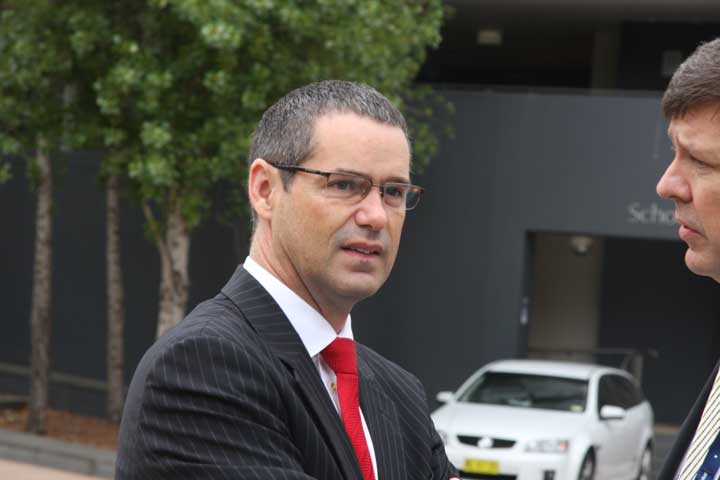Filter: Telstra against block notifications

Telstra was the only major organisation to advise the Federal Government against notifying internet users when a web page has been blocked by its mandatory internet filter because it believed that such action could increase the accessibility of Refused Classification (RC) content.

Communications Minister Stephen Conroy
(Credit: NBN Tasmania)
"We do not support the option of using a blocking notification page to indicate that access to particular content has been blocked because we believe that it will have the perverse effect of making RC content more easily available," the telco said in its submission.
Minister of Communications Stephen Conroy today announced the release of 174 submissions in response to the Department of Broadband Communications and the Digital Economy's consultation paper — Measures to increase accountability and transparency for Refused Classification material.
Telstra's concern was raised in response to the proposed introduction of a standardised "block" page under option three of proposed transparency measures, which would advise end users that the content they have attempted to access is blocked by the filter. DBCDE noted that such a measure would be "a key component to ensuring transparency of the filter regime".
The telco said a technically adept user could "phish" the blocked URL and could then go on to create directory of "harmful content" that could be used by people accessing the internet overseas.
Instead, Telstra has recommended a page "time out" option, which would be returned as an error, similar to the system employed in the UK under the Internet Watch Foundation (IWF) scheme. "The advantage of this alternative is that there would be no opportunity for users to phish a blocking notification page and learn the URL of the blocked content," it said.
The telco's submission starkly contrasted Google's, which noted that the blocking notification page was crucial to help users understand why a URL was blocked, how the process worked and to provide links that would direct users to authorities where they could instigate a review process.
"This will greatly aid transparency and ensure that members of the public are able to challenge a decision," Google said.
Microsoft did not offer a submission on the blocking page notification; however, it and Yahoo broadly agreed with Google on this issue. "We would note the transparency enhancing value of such a measure for both consumers of information on the web and site owners who may not otherwise be alerted to the inclusion of material on their sites on the RC content list," Microsoft said.
Even the Australian Christian Lobby supported the blocking page notification and wanted the page to inform the user that any inquiry or request for a review of the content should be directed to the Australian Communications and Media Authority.
Internet civil liberties group Electronic Frontiers Australia (EFA) took its lead from Canadian editor of technology news site BoingBoing Cory Doctorow who in 2008 suggested improvements to the IWF's 404 error message system. The EFA wants the page to state that the URL was blocked, the reason it was blocked and what the user needed to do if they believed the classification had been incorrect.